Our series of posts on ‘How do I become an Interior Designer?‘ continues with a look at the costs involved. Please keep in mind that any figures we quote are indicative/example costs only and are accurate at the time of posting (November 2017) and probably for only a short time thereafter!
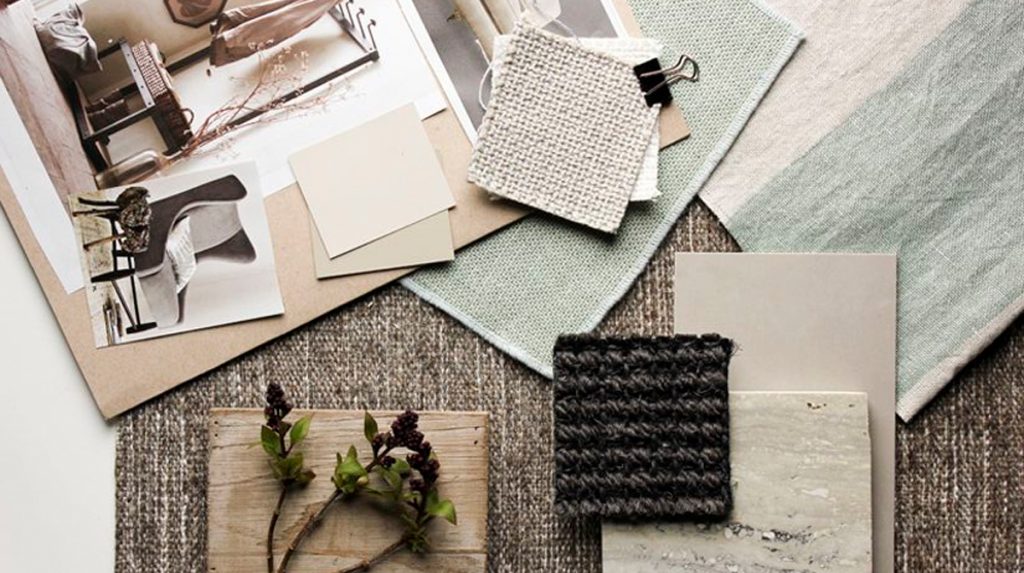
Cost of Training as a Interior Designer.
As we’ve mentioned in previous posts, there are many options for training as a Interior Designer. Some of those options have serious costs involved (none of the design colleges are cheap, and neither is attending university), whereas others are more manageable on a budget.
Whatever option you pursue, keep in mind you have to live during the training period, and if your chosen option is full-time then all your living costs (rent, food, clothing etc) have to be factored in. Regardless, don’t forget the travel & materials associated with your studies.
- Watch out for IT equipment costs (can your laptop keep up?)
- Software costs (although if you’re a full-time student there are deals to be had)
- Books and important one-offs like high-quality presentation materials (renders, portfolio cases, colour printing) for that gradation project.
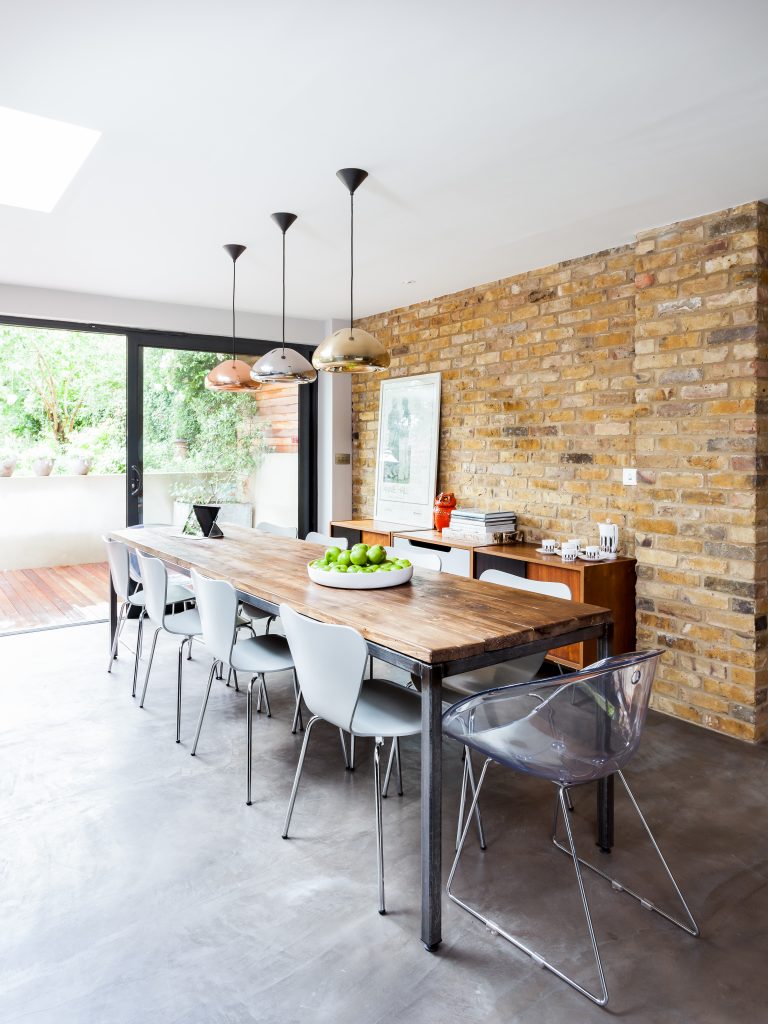
Working as an intern Interior Designer.
Another area with huge variation depending on the company involved. Some Interior Design companies do provide nominal payments and/or cover travel costs. With things getting tighter in an uncertain Brexit world, that might change for the worse. Regardless, when planning your interning keep an eye on:
- Travel costs and relative costs of food near the workplace (an office on the Kings’ Road sounds very glam, but not when you’re looking for lunch on a budget).
- Also keep in mind that places with a dress code (formal or implied) can impact your costs as well, as those trendy black outfits and designer shoes don’t come cheap!
Working as a freelancer/contractor Interior Designer.
We’ve touched on some of this in previous posts, but in the first instance this area is similar to interning in that the location of your workplace will affect your travel and other costs. Of course, as a freelancer/contractor, you’ll have an income to cover that and you might be able to claim some of it against tax, but there is a lot more to consider.
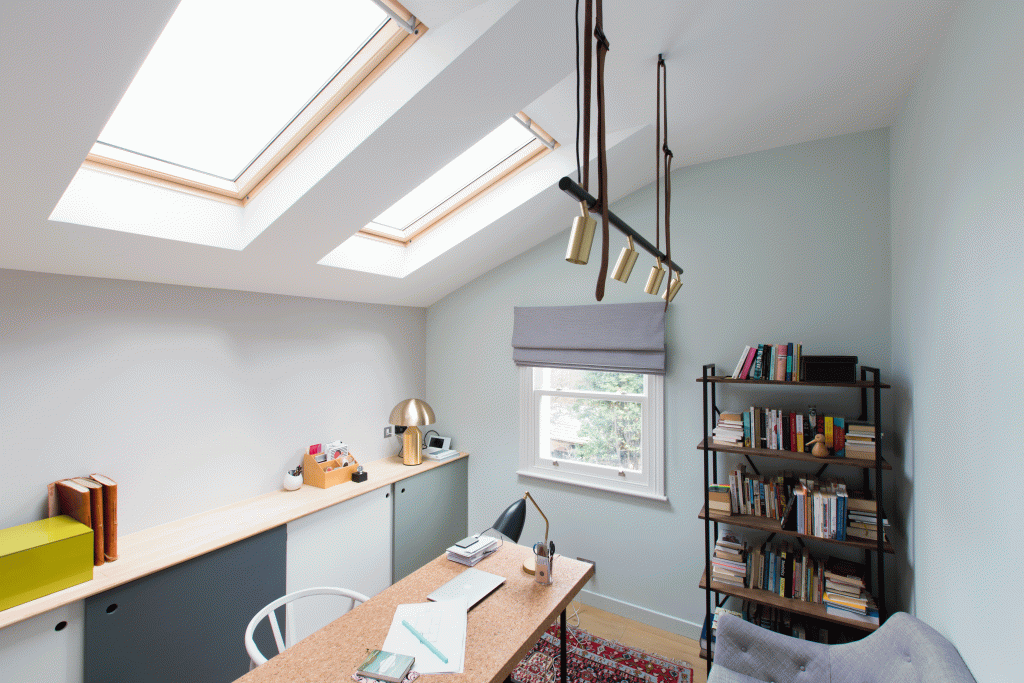
- You’ll probably need an accountant to keep you on the straight and narrow – most accountants charge an annual fee for handling your affairs and this ought to be a figure somewhere in the range of more than one, but less than five, hundred pounds.
- You will almost certainly need IT kit and software in order to provide your services, particularly if, as is common, you’ll be working from home some of the time.
- You should construct an annual budget and, as well as the key factors of living costs, work in revenue factors like public holidays, holiday leave and sick leave, for which you won’t be paid.
- You’ll also need to set aside funds for your tax bill, although your accountant will be able to help with getting that right.
- As part of building your professional profile, you may want to consider a little branding (a logo and business cards), plus a web presence and a domain name, as these are expected these days, and are not free, although they don’t have to cost very much.
- One thing you should invest carefully in is ensuring you have the right insurance in place to match the contract that you have with your client company – for guidance see our series of posts on Insurance for Designers.
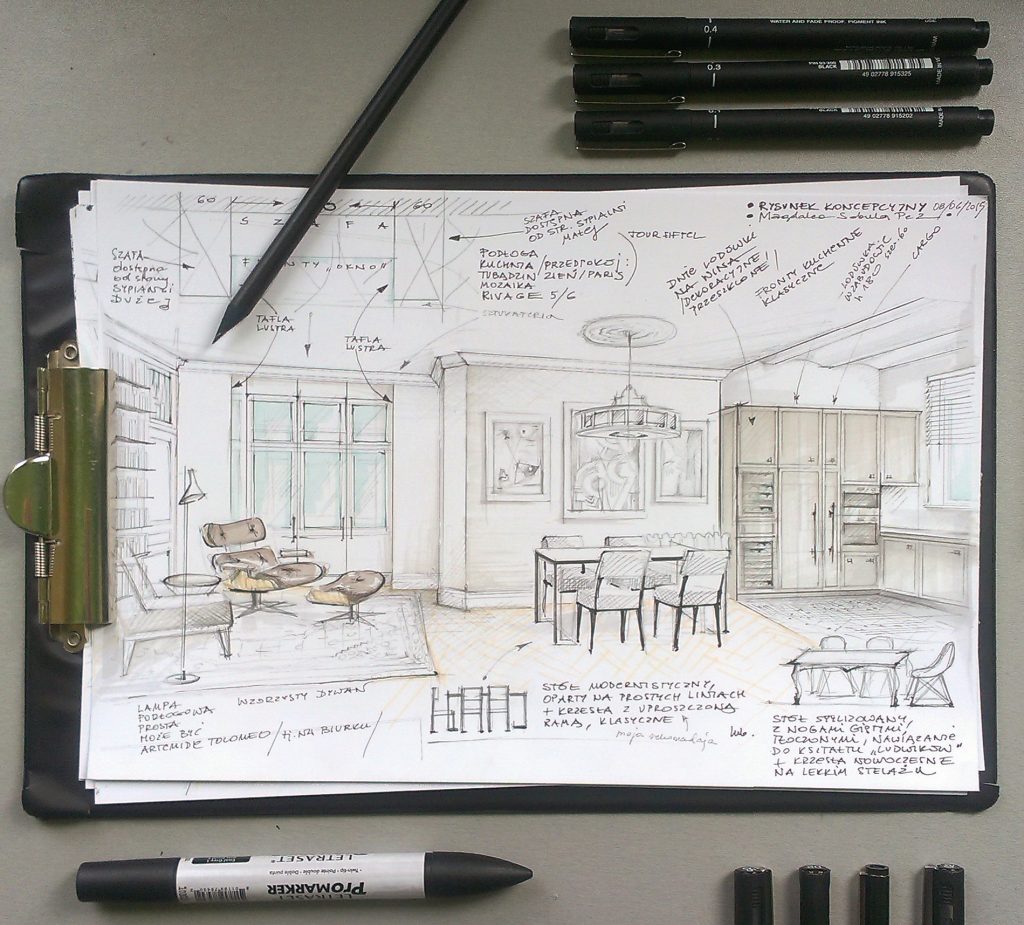
Setting up and running my own Interior Design business.
This where costs can get serious, although if you’re organised and think it through before you start, then your initial layout doesn’t have to be huge. Getting started will involve basic branding and web presence – this doesn’t have to be a fortune but there are definitely costs involved, both one off and year-on-year.
- A good accountant is a must, and part of their service will cover HMRC and Companies House.
- You’ll need appropriate professional insurance for the work you plan to do, although this perhaps doesn’t need to kick in until you actually engage with your first project – for details of all the considerations, see our series of posts on Insurance for Designers.
- Of course, IT kit and software is a major consideration – investing in good equipment will be a productivity boon later on.
- Software these days is mostly on a subscription model with trivial-sounding monthly amounts, but , as an example when you add up Office/Exchange + Dropbox + Crashplan + Xero + Domain/Website + AutoCAD for a small office (< 4 people), you easily sail past £200 per month.
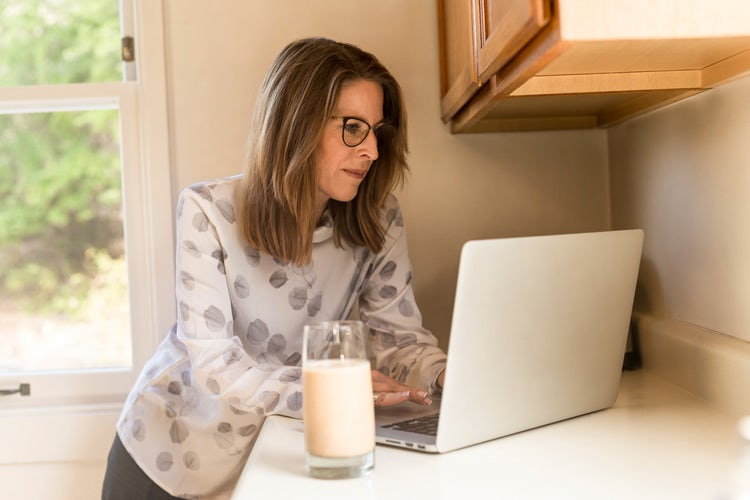
If working from home isn’t something you can or want to do, then you’re into the world of office costs – this varies massively with location and luxuriousness – but keep in mind internet, phone (mobile and fixed), power, stationery, rent, water, cleaning and parking. If you are not ready to take on your own premises why not opt for a fully serviced co-working space? Many offer desk hire or ‘hot desking’ for a nominal monthly subscription fee.